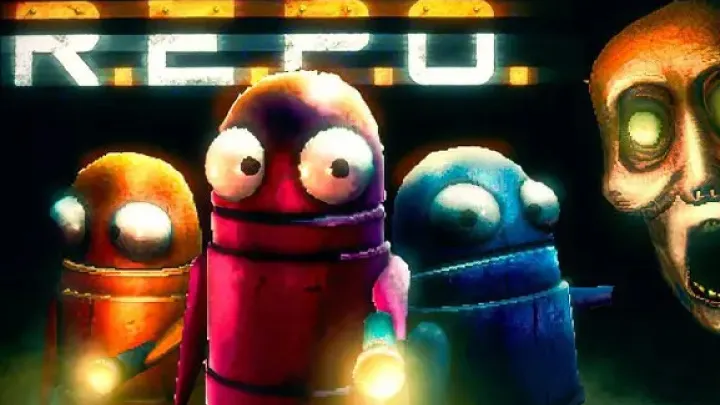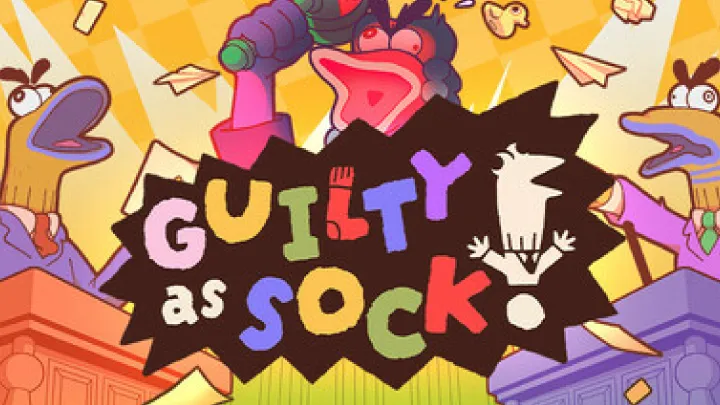In Grow a Garden, the most important mechanic isn’t what you plant or how much you harvest — it’s the soil beneath your crops. Soil isn’t static; it’s alive, reactive, and cyclical. Its fertility governs your success, and its decay determines your limitations. Beneath the colorful surface of this Roblox title lies a simulation of an ecosystem that teaches one timeless lesson: everything grows, dies, and grows again.
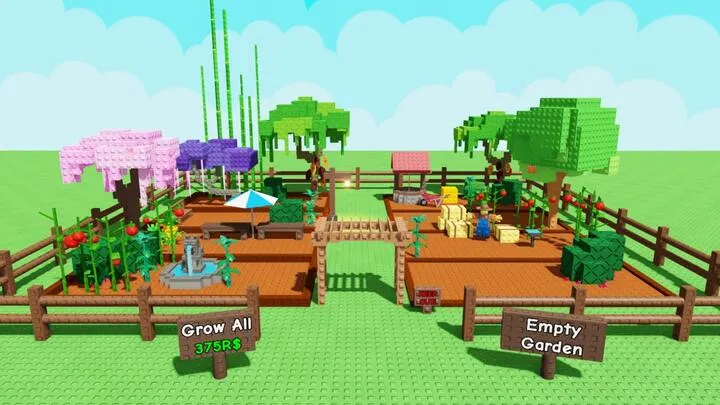
This article explores the intricate system of soil fertility, nutrient cycles, and organic renewal in Grow a Garden. It dissects how the game uses soil as both a mechanic and metaphor — how every seed planted, every crop harvested, and every patch left barren plays a role in shaping your farm’s destiny. By understanding these cycles deeply, you transform from a casual player into a true steward of the land.
The Foundation of Growth: Soil as the Core System
At first glance, Grow a Garden appears to be a game about planting and harvesting. Yet, underneath, every action you take traces back to the soil’s hidden variables.
The Hidden Metrics of Soil
The soil in the game operates on a complex fertility index — an invisible score determined by past activity, plant types, and external influences like water and weather. Each crop draws from specific nutrients, subtly reducing soil richness in ways players often overlook. Over time, exhausted soil leads to slower growth, smaller yields, and even crop failure.
Why It Matters
Ignoring the soil system can trap new players in a repetitive cycle of declining productivity. Conversely, mastering it allows veteran players to sustain infinite harvests, creating an organic loop of renewal that powers exponential growth.
The Fertility Spectrum: Understanding Soil Health States
Soil in Grow a Garden doesn’t exist in binary “good” or “bad” states. Instead, it flows through a spectrum of fertility — from nutrient-rich loam to depleted dirt.
Levels of Fertility
- Rich Soil: Dark and moist, ideal for fast-growing plants like lettuce or tulips.
- Moderate Soil: Balanced but fragile — frequent harvesting can tip it toward exhaustion.
- Exhausted Soil: Pale and compacted, with sluggish crop response.
- Dead Soil: Unusable until revived with compost or rest.
Indicators of Decline
Subtle visual cues show a soil’s state — duller texture, slower sprouting, and weaker leaf color. Learning to “read” the ground is part of mastering the system.
Pro Tip: Experienced players rotate their crops before these visual signs appear, preventing total collapse of soil vitality.
Depletion: The Inevitable Cost of Growth
Every harvest has a cost. As plants grow, they extract nutrients — nitrogen, phosphorus, and potassium — from the soil. This depletion mirrors real ecological principles and underlines one of the game’s philosophical points: progress always consumes resources.
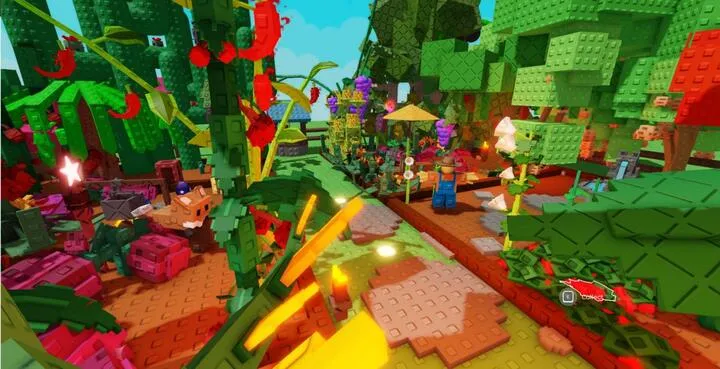
The Nutrient Triangle
Each plant type focuses on one of the three nutrient pillars:
- Nitrogen: Needed for leafy crops like lettuce and cabbage.
- Phosphorus: Consumed by root vegetables such as carrots and beets.
- Potassium: Required for flowering and fruiting plants like roses and tomatoes.
Repeatedly planting one type of crop creates imbalance. The soil loses its nutrient diversity, leading to reduced growth speed and smaller yields — an elegant reflection of overfarming in real agriculture.
Long-Term Consequences
A neglected soil eventually becomes barren. Even when re-fertilized, recovery takes time. This delay forces players to plan for the long term, valuing sustainable cycles over instant results.
The Decay Phase: When Soil Sleeps and Rebuilds
In nature and in Grow a Garden, decay is not destruction — it’s renewal in disguise. The game models this idea beautifully by allowing dead plants and waste to transform into compost.
The Role of Organic Waste
Leaves, wilted flowers, and spoiled vegetables can all be recycled. Players can gather this debris into a compost bin, where time converts waste into nutrient-rich material. This system rewards patience — what seems useless today becomes tomorrow’s key to fertility.
The Waiting Game
Decay takes in-game time to complete. The player must resist the urge to rush. This rhythm is intentional — the game trains you to understand that efficiency isn’t always speed, but timing.
Mini List: What to Compost
- Dead plants and stems
- Rotten fruits and vegetables
- Fallen leaves and clippings
When compost is ready, spreading it across your fields rejuvenates the soil’s health index dramatically.
Compost and Regeneration: Turning Death into Life
Composting isn’t merely a side activity — it’s the backbone of long-term progression. Every successful garden in the late game depends on a well-maintained compost system.
Types of Compost
- Basic Compost: Produced from common waste; moderate nutrient gain.
- Enhanced Compost: Created using rare organic material; high nutrient restoration.
- Specialized Compost: Tailored to nitrogen, phosphorus, or potassium needs.
Compost Application Strategy
Compost works best when applied evenly and after light watering. Too much compost can “burn” the soil, lowering yield temporarily. The most efficient strategy is scheduled renewal — applying compost every third harvest cycle.
This process symbolizes the central philosophy of Grow a Garden: sustainability over speed, cycles over shortcuts.
Crop Rotation: Sustaining the Cycle of Fertility
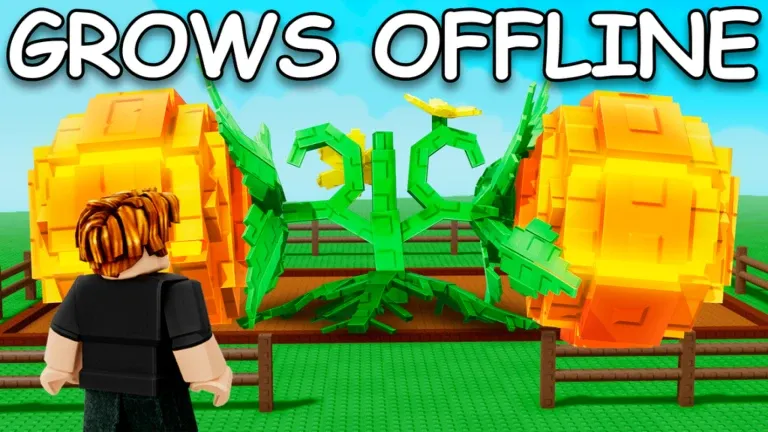
Crop rotation stands as the single most powerful technique in maintaining soil vitality. It creates balance by alternating nutrient demands across the field.
The Science of Rotation
When you switch between nitrogen-heavy plants (like lettuce) and phosphorus-heavy ones (like carrots), the soil replenishes naturally. Each new plant benefits from what the last left behind, creating a self-sustaining rhythm.
Example Crop Rotation Plan
Cycle 1: Lettuce → Cycle 2: Carrots → Cycle 3: Roses → Cycle 4: Rest or Compost
This pattern mimics real agriculture, where diversity fosters renewal. In gameplay terms, it prevents stagnation and maximizes total yield per in-game week.
Mini List: Benefits of Rotation
- Reduces fertilizer dependency
- Improves soil texture
- Prevents pest buildup
- Maximizes harvest output
Fertilizers and the Ethics of Speed
Fertilizers give players a shortcut — a way to replenish nutrients instantly. But in Grow a Garden, there’s a moral and mechanical cost.
Synthetic vs Organic Approaches
Synthetic fertilizers boost soil quickly but deplete its long-term resilience. Organic fertilizers, such as compost tea, restore health more slowly but sustainably.
Pro Tip: Use synthetic fertilizer only during emergencies, such as during time-limited events or rare plant growth phases.
The Philosophy Behind Fertilization
Fertilization becomes an ethical decision — do you chase instant profit or long-term equilibrium? The game subtly encourages restraint, rewarding consistency over greed. This balance mirrors real-world agricultural dilemmas.
The Role of Time and Weather in Renewal
Time and weather aren’t just visuals in Grow a Garden; they are dynamic variables that influence the soil’s recovery and degradation.
Weather Influence
- Rain: Naturally irrigates and cools soil, extending its fertility period.
- Heat: Speeds up crop growth but drains nutrients faster.
- Cold: Slows everything down, allowing soil rest and recovery.
Time as an Element of Strategy
Wise players synchronize planting with weather cycles — harvesting before heat waves and composting during cold spells. This strategic rhythm reflects the underlying message of Grow a Garden: true mastery is about cooperation with nature’s tempo, not domination of it.
Automation and the Endgame Ecology
As players progress, they unlock advanced tools — sprinklers, compost processors, and soil sensors — that allow automated management. These systems shift the player’s role from laborer to ecosystem architect.
Smart Soil Management
Soil sensors reveal hidden fertility metrics, allowing players to predict depletion and schedule composting automatically.
Sprinklers ensure even hydration, which maintains nutrient distribution and prevents soil cracking.
The Cycle at Scale
In the late game, you can maintain multiple plots in perfect sync, rotating crops, compost, and rest phases like gears in a living machine. The result is not just efficiency — it’s harmony. You are no longer fighting the soil; you are orchestrating it.
The Philosophy of Renewal: What the Soil Teaches Us
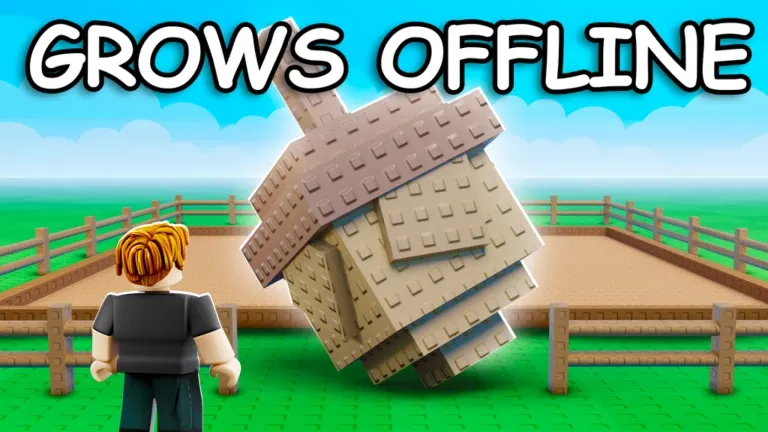
At its heart, Grow a Garden is a meditation on life cycles. The soil teaches the player patience, humility, and respect for natural processes. Every patch of dirt carries memory — of what grew, what decayed, and what will rise again.
Lessons from the Earth
- Growth requires rest.
- Decay creates renewal.
- Balance sustains progress.
The Legacy of Sustainability
Players who learn to nurture their soil become more than successful gardeners — they become creators of lasting ecosystems. The soil, in this way, mirrors the player’s journey: from chaos to understanding, from depletion to renewal.
Conclusion
The soil system in Grow a Garden represents the game’s most profound design choice — a living ecosystem that evolves through fertility, decay, and renewal. It transforms every decision into part of a larger cycle, rewarding mindfulness and long-term thinking over instant gratification.
Through soil management, players discover that progress isn’t linear — it’s cyclical. Each death feeds new life, each exhaustion opens room for rebirth. This is what makes Grow a Garden more than a farming simulator — it’s a reflection on the nature of growth itself.














